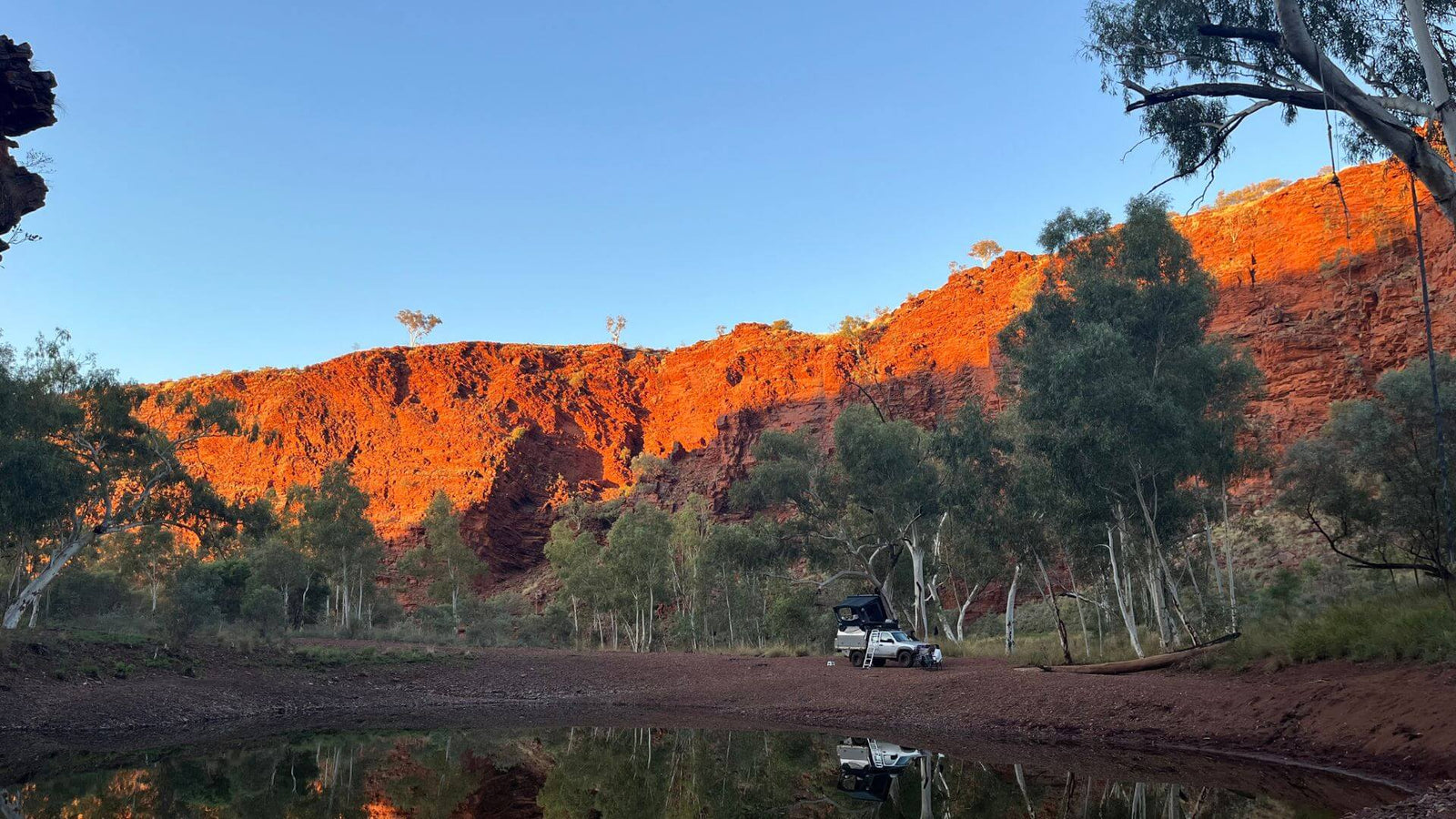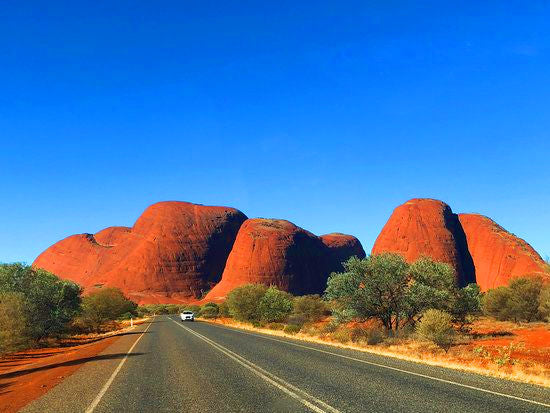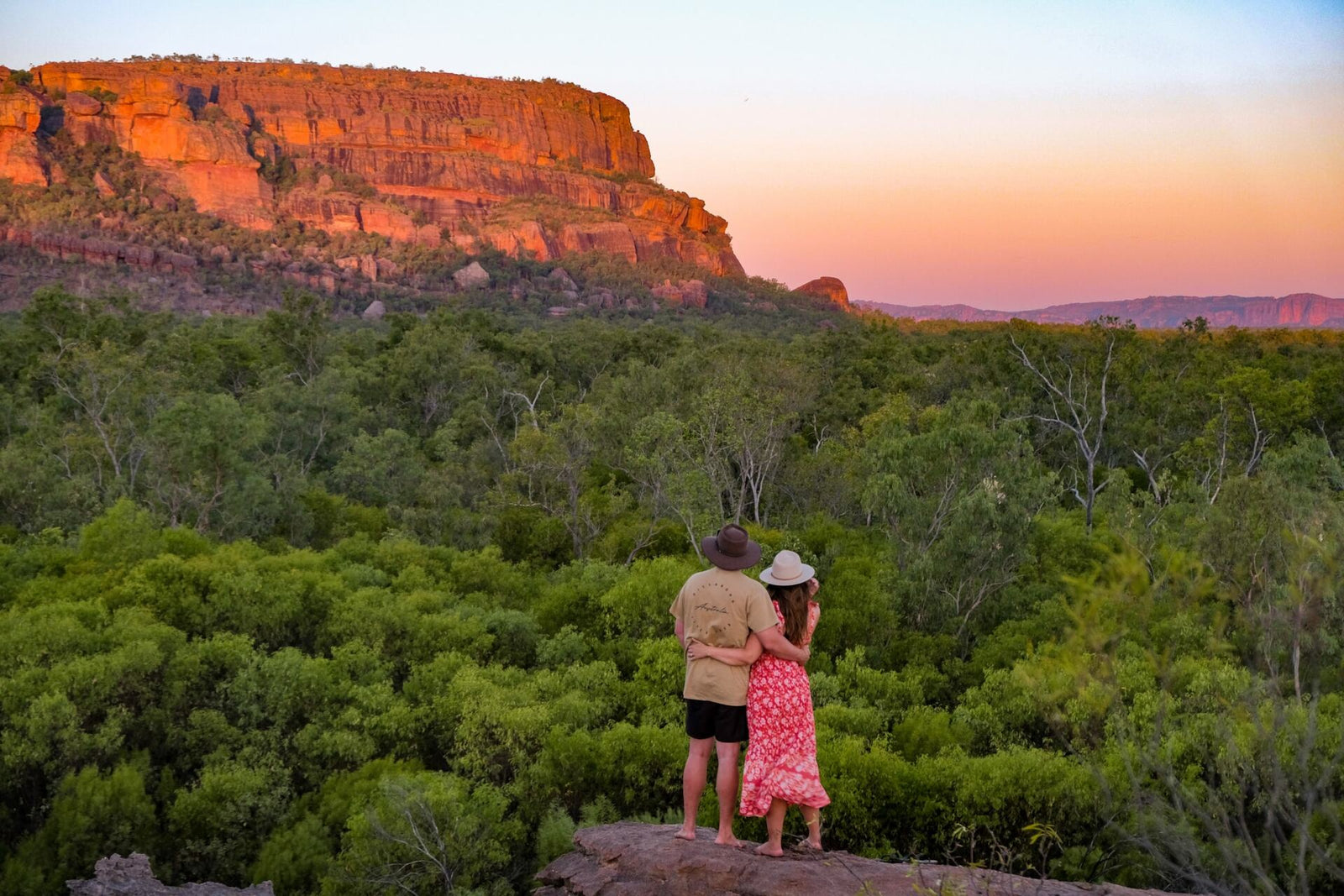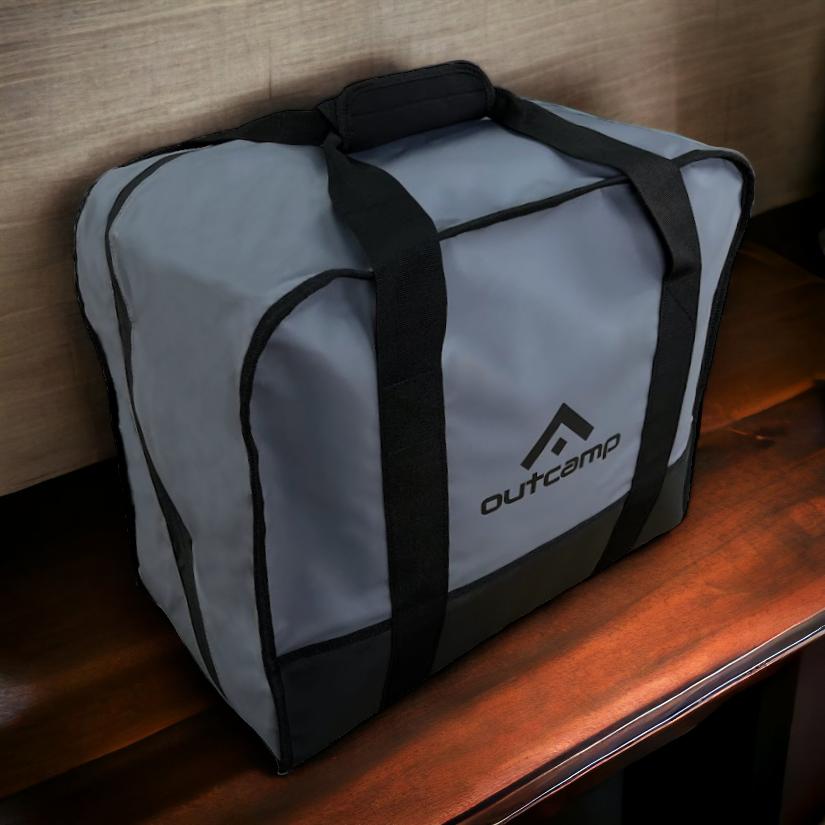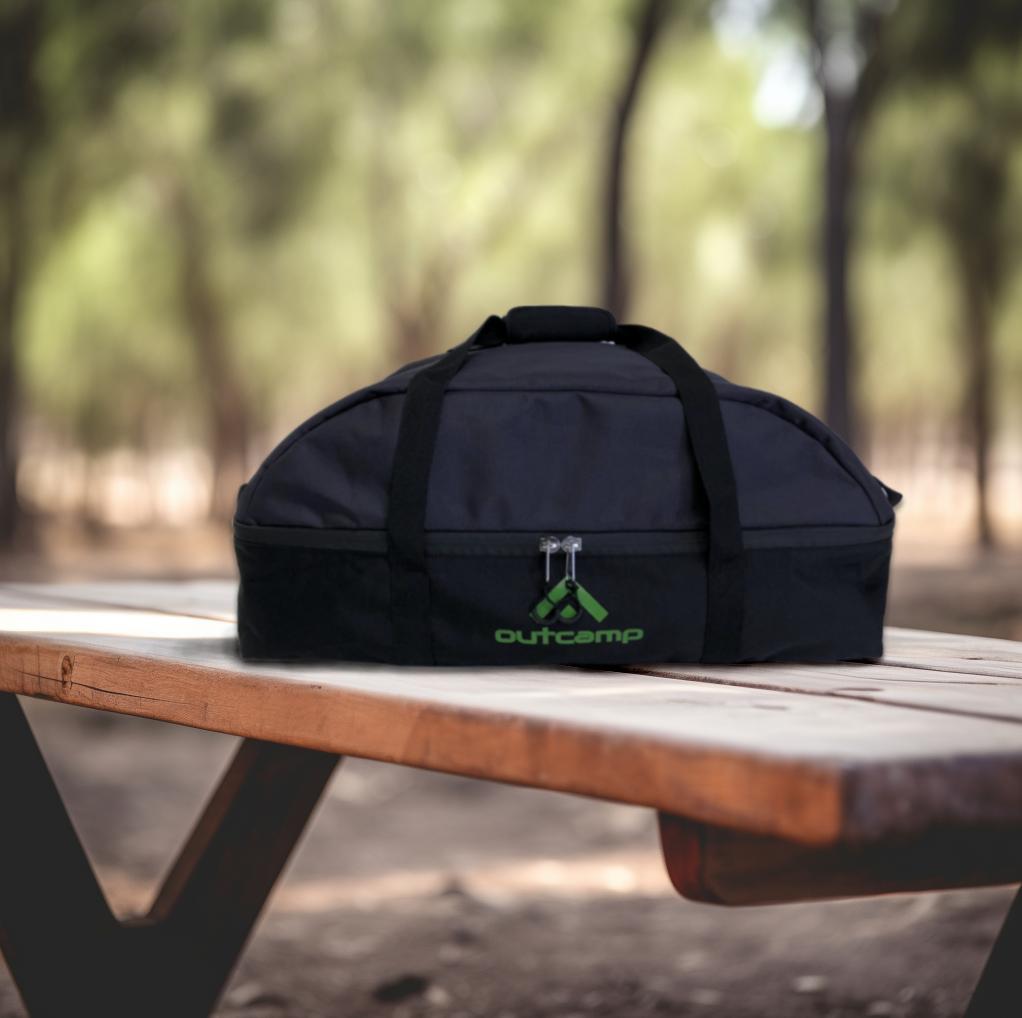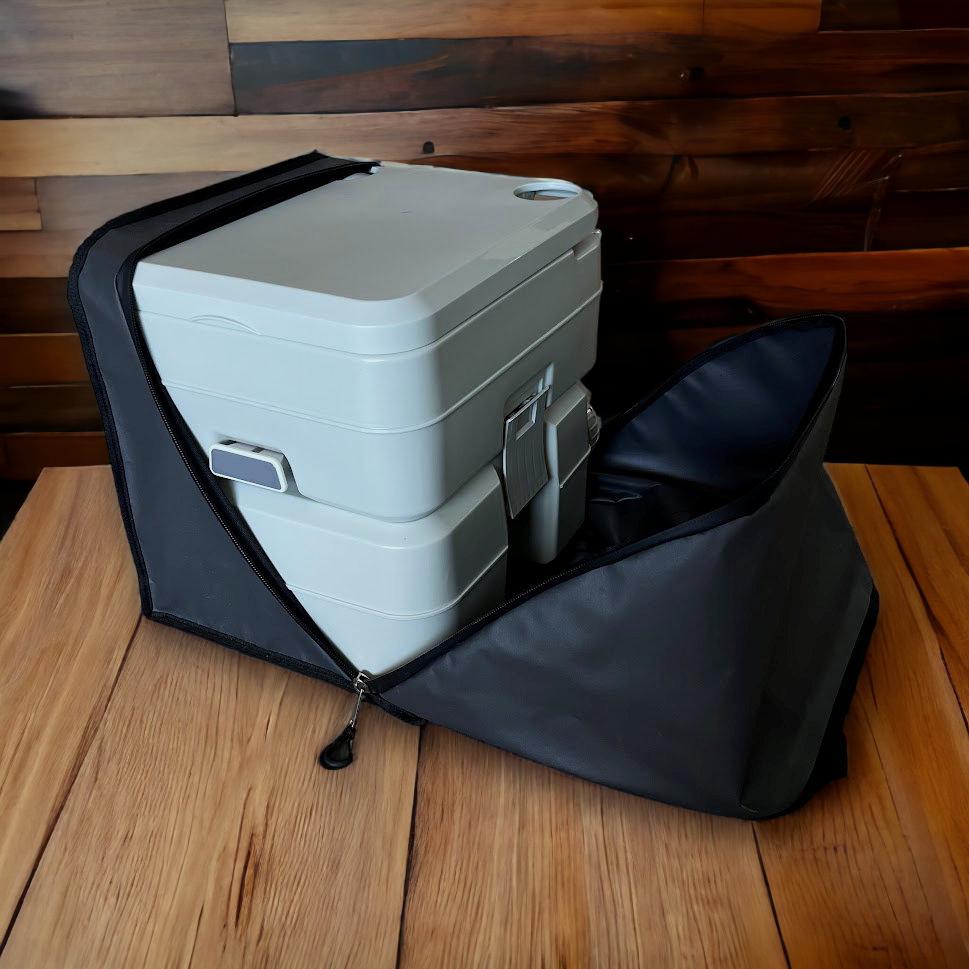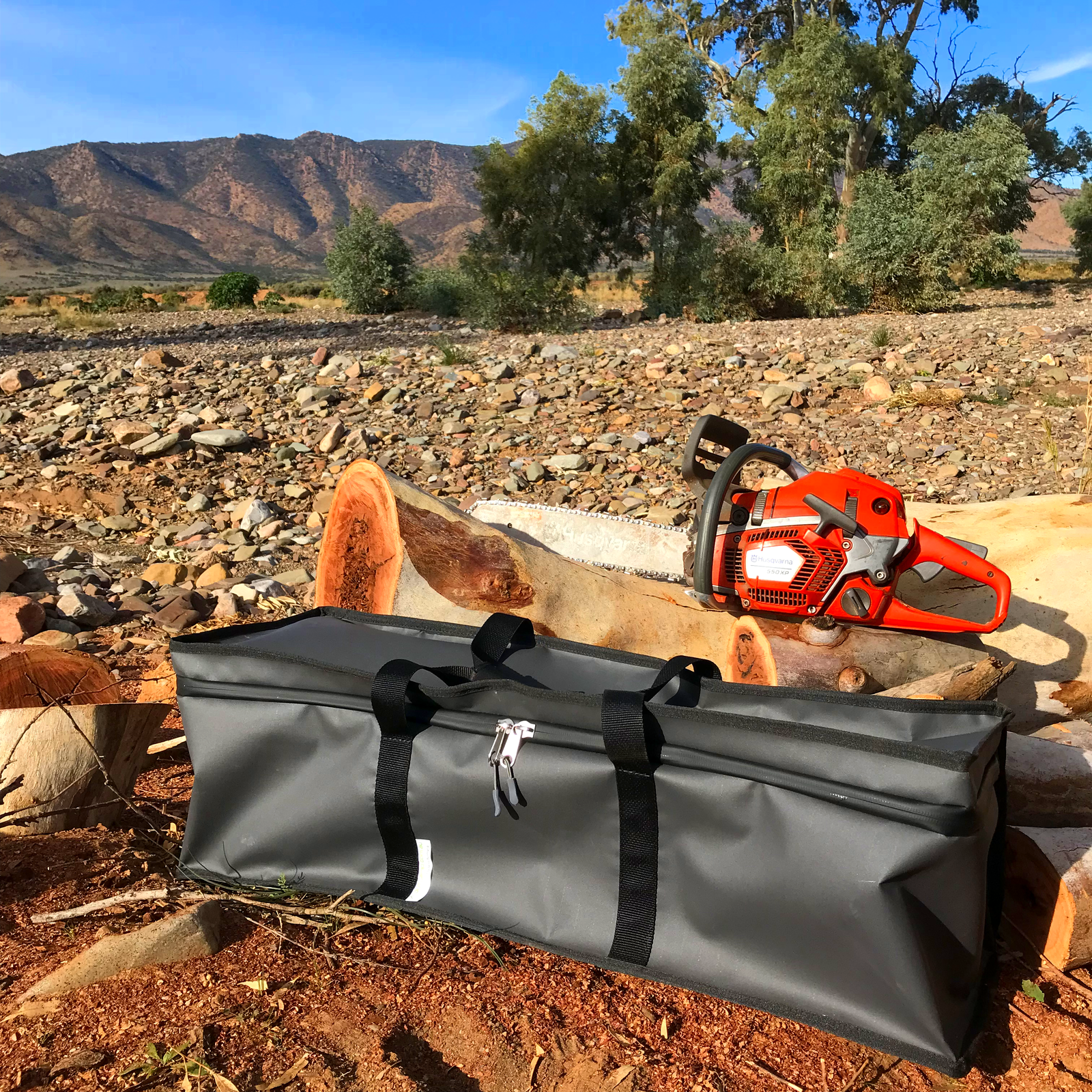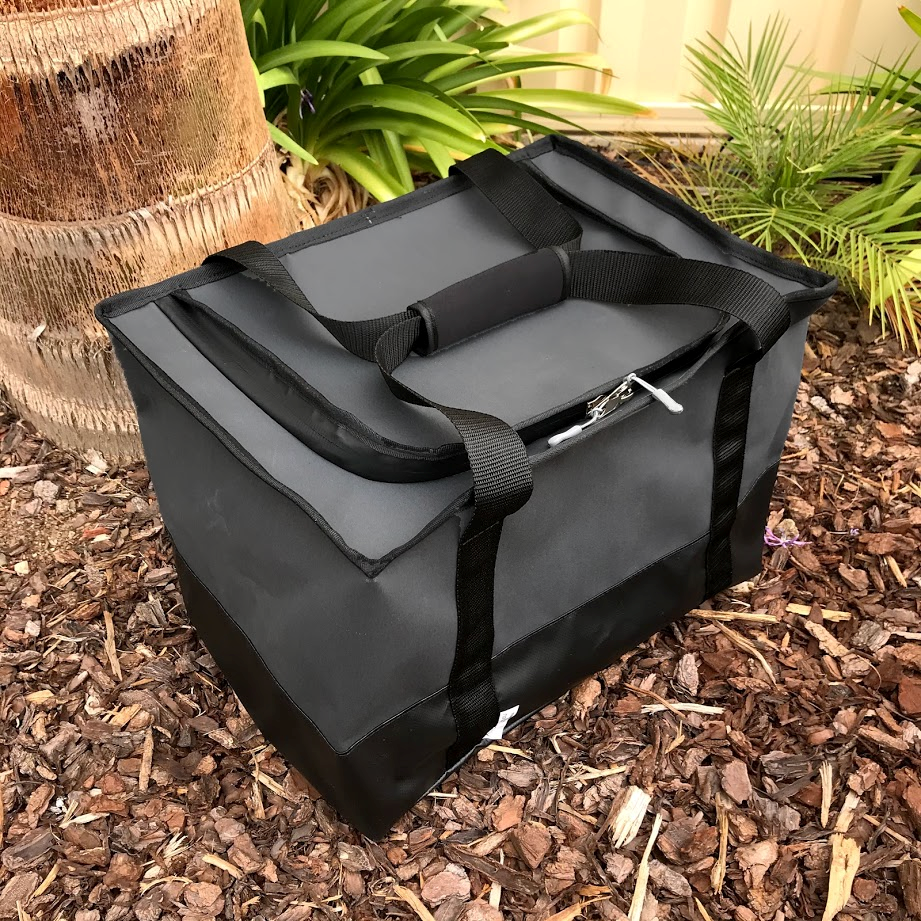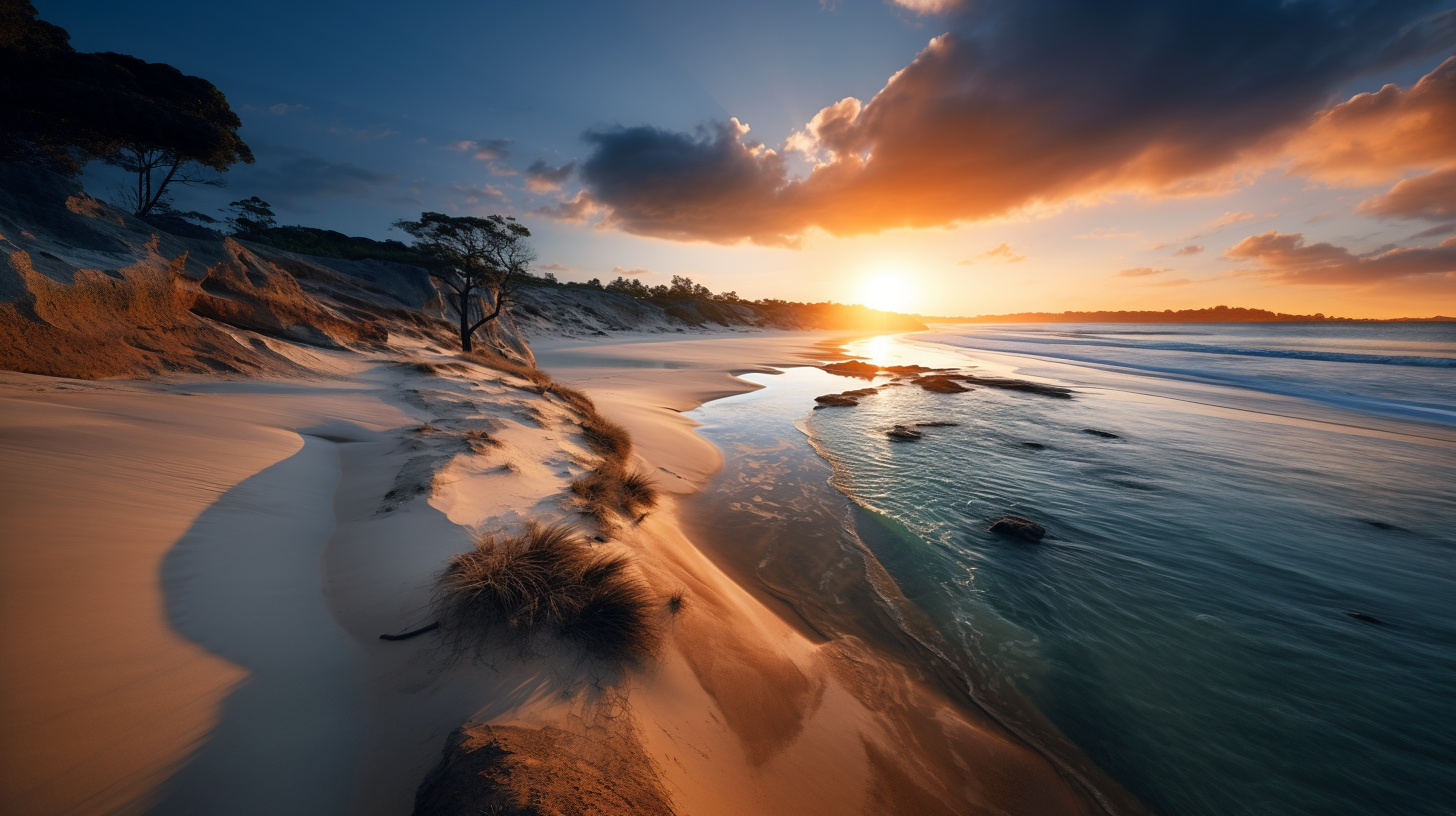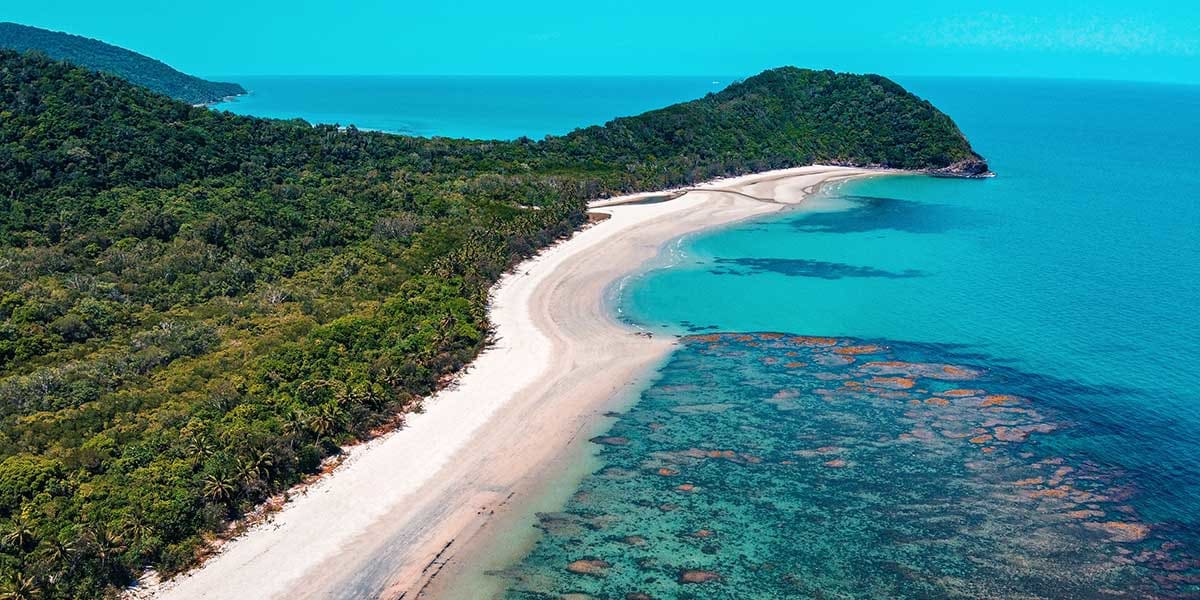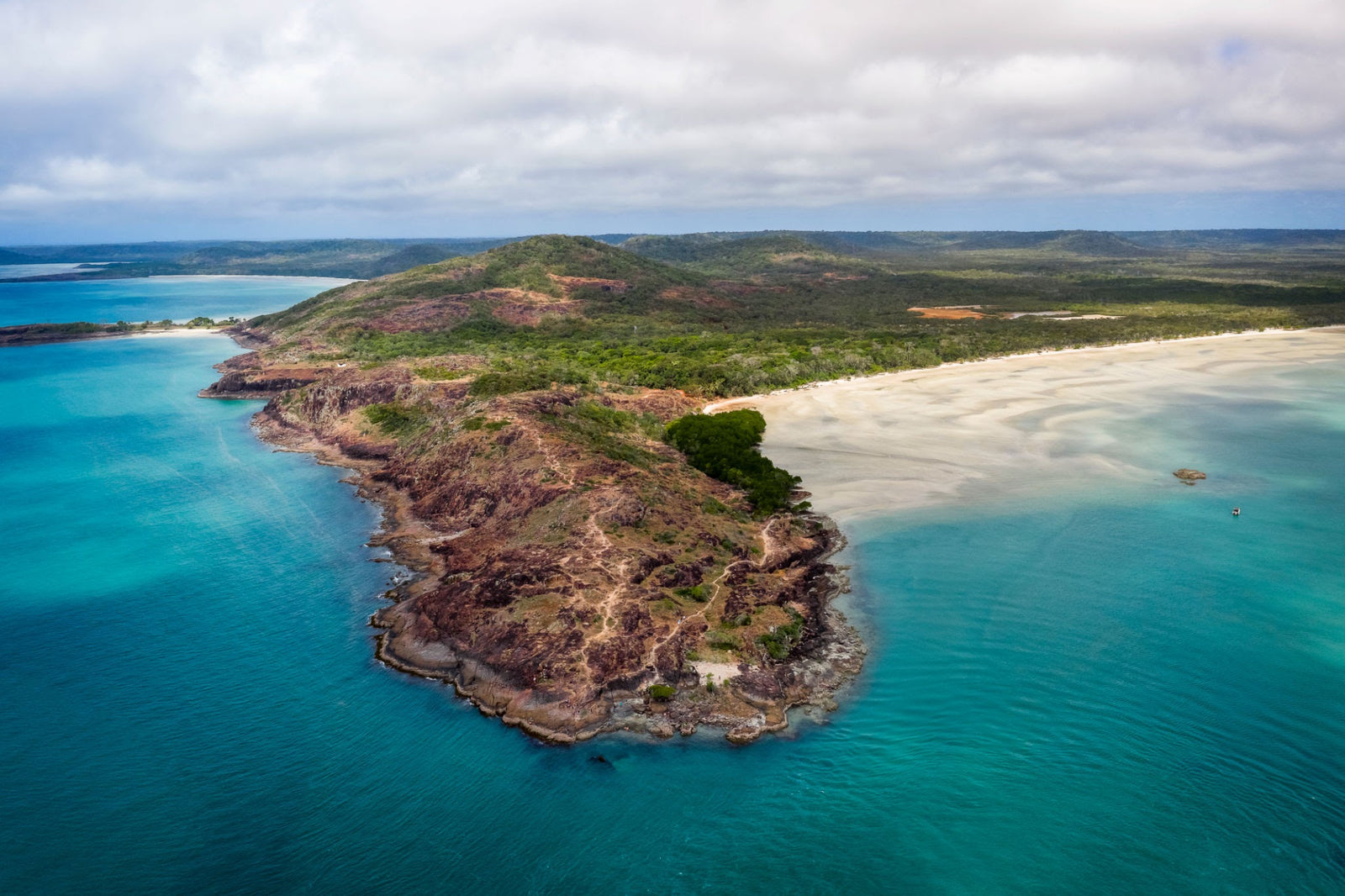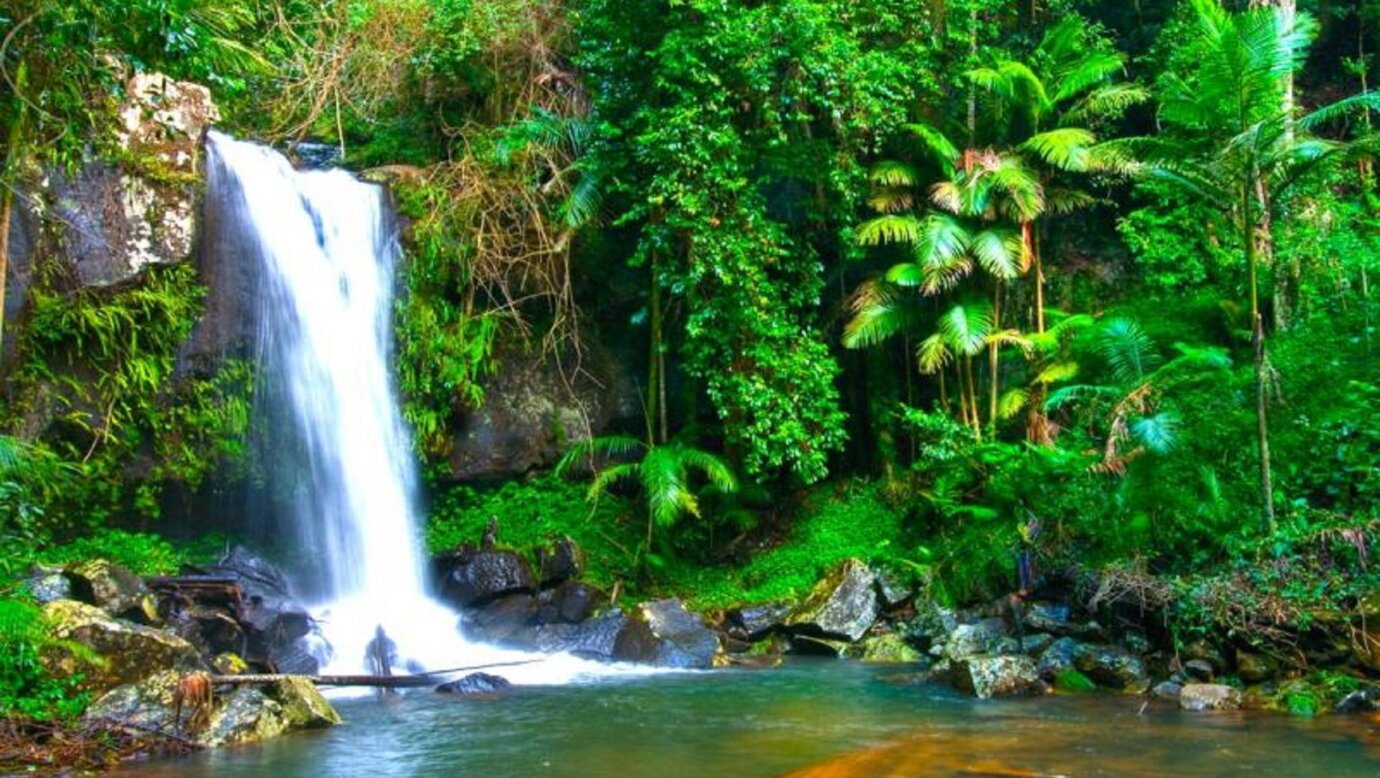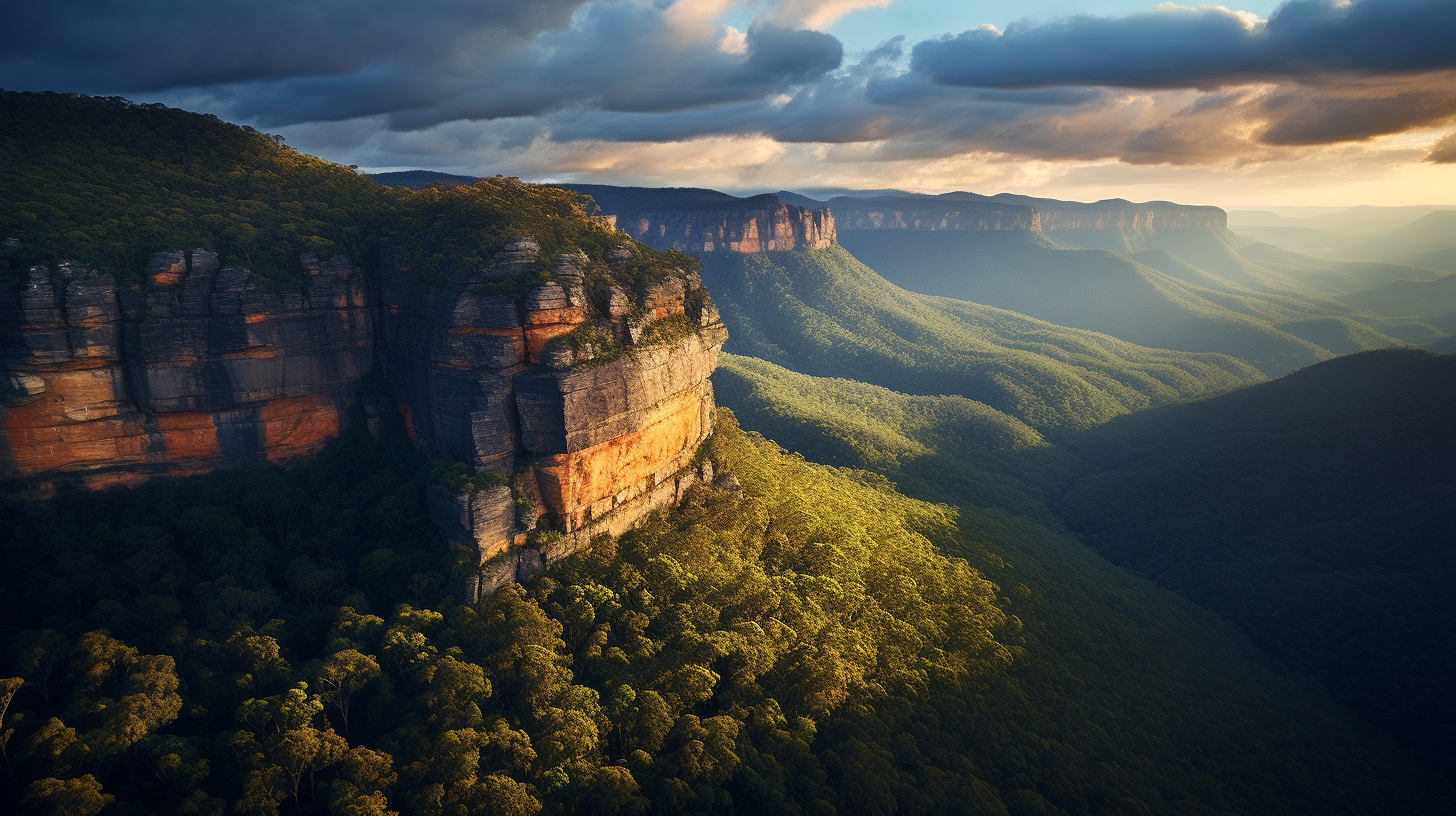Your Guide to Visiting Kakadu National Park: Essential Tips and Regional Highlights
Kakadu National Park, located in Australia's Northern Territory, is a stunning natural destination brimming with diverse landscapes, native wildlife, and rich Aboriginal culture. As you plan your visit to this World Heritage-listed site, it's essential to understand what makes the park unique and how to make the most of your trip to this majestic region. From the park's biodiverse ecosystems to rock art sites dating back thousands of years, there's no shortage of experiences to embark on during your visit.

Before setting out to explore Kakadu National Park, you'll need to plan your visit carefully, taking into consideration the vast size of the park, accommodation options, top experiences worth checking out, and the best way to traverse the area. There's also a range of activities to engage in, from guided tours led by knowledgeable guides to dining and shopping experiences showcasing local culinary delights and handicrafts.
While enjoying the splendors of Kakadu National Park and its surrounding region, it's essential to remember the importance of contributing to the park's conservation efforts. Not only does responsible tourism help preserve the local environment, but it also enables future generations to experience the incredible attractions found within the park. Visit the nearby regions to further explore Australia's unique landscapes and cultural heritage.
Key Takeaways
- Kakadu National Park offers diverse landscapes, wildlife, and Aboriginal cultural experiences.
- Planning your visit is key, including accommodation, transportation, and top experiences.
- Responsible tourism supports conservation and ensures future generations can enjoy the park.
Understanding Kakadu National Park
Historical and Cultural Significance
Kakadu National Park, located in the Northern Territory (NT) of Australia, is remarkable for its cultural and historical significance. As a UNESCO World Heritage-listed site, the park is highly valued for its art, culture, and connection to Aboriginal people. The Traditional Owners of this land have been preserving its beauty and resources for over 65,000 years.
One of the park's gems is its collection of Aboriginal rock art galleries, which allows visitors to delve into the rich history of Indigenous people. The art predominantly depicts aspects of daily life, local wildlife, and spiritual beliefs, giving an insight into the lives of Aboriginal ancestors.
Flora, Fauna and Landscapes
Kakadu National Park is home to diverse landscapes and wildlife. The park encompasses regions such as Stone Country, woodlands, and floodplains, offering varying interests in every corner. With more than 280 bird species and abundant wildlife, including crocodiles and buffalo, Kakadu is an essential destination for nature lovers.
Among the park's main attractions are the breathtaking views of nature at sunrise and sunset over the floodplains. Additionally, the park features several plunge pools, providing a picturesque setting for visitors to relax and enjoy the surroundings.
Visiting the park also means experiencing the unique flora of the region. The landscapes are rich in native Australian plants, such as eucalyptus and paperbark trees, nourished by the six distinct seasons of the local Indigenous calendar.
By exploring Kakadu National Park and understanding its historical and environmental wealth, visitors gain insight into the deep connection between Aboriginal people, their culture, and the land they have called home for tens of thousands of years.
Planning Your Visit
Best Times to Visit
Kakadu National Park, located near Darwin, offers visitors unique experiences throughout the year. However, choosing the right time to visit depends on your personal preferences and planned activities.
The Dry Season (May to October) offers pleasant temperatures and clear skies, making it an ideal time for outdoor activities like hiking and wildlife spotting. The park is more accessible during this time, and many popular sites can be reached by a standard car or vehicle.
The Wet Season (November to April), also known as the tropical summer, is a time when the park comes to life with lush greenery and vibrant colours. The wet conditions also mean that some areas of the park may become inaccessible, and a 4WD vehicle is recommended. If you enjoy unique experiences like waterfall spotting and birdwatching, the wet season is an excellent time of year to visit.
Practical Information
When planning your visit, consider the following practical information to ensure a smooth and enjoyable experience.
-
Obtain a park pass to access all areas of Kakadu National Park. Passes can be purchased online or from the Bowali Visitor Centre upon arrival.
-
Visit the Bowali Visitor Centre for up-to-date information on park conditions, safety tips, and local advice.
-
Plan your visit in advance by reviewing maps and attractions offered by Parks Australia.
-
Prepare for a day trip or extended stay by packing suitable clothing and gear for the chosen time of year.
Regardless of when you choose to visit Kakadu National Park, you are sure to have an unforgettable experience exploring the diverse landscapes and rich cultural heritage of this remarkable region.
Getting Around
Access and Roads
Kakadu National Park is a vast wilderness area, and getting around requires careful planning. Visitors can opt for a car or 4WD vehicle to drive themselves or join one of the many available guided tours. Keep in mind that there are no taxis, buses, or trains within the park.
There are two major access points to Kakadu National Park: the Arnhem Highway from Darwin and the Kakadu Highway from Pine Creek. Some roads within the park are sealed, while others may require a 4WD vehicle as the terrain can get rough. It's important to check for road closures and conditions before embarking on your journey, especially during the wet season.
Scenic Routes
If you prefer a more leisurely and visually stunning mode of transport, consider a scenic flight over Kakadu National Park. These flights provide a fantastic aerial perspective of the diverse landscape, including dramatic escarpments, vast floodplains, and lush wetlands.
For those who prefer to explore the park on foot, there are numerous guided bush walking tours available. These tours offer an immersive experience into the natural beauty and rich cultural history of Kakadu. With knowledgeable guides leading the way, you'll have the opportunity to learn about the flora, fauna, and indigenous heritage of the region.
When planning your trip to Kakadu National Park, make sure to consider various transportation options and choose the one that best suits your needs and preferences. Whether it's self-driven adventures, guided tours, or breathtaking flight, Kakadu offers unforgettable experiences for all travellers.
Accommodation Options
When visiting Kakadu National Park and its surrounding region, you'll find various accommodation options suited to different preferences and budgets. The area offers hotels, lodges, and campgrounds, providing both indoor and outdoor experiences.
Hotel Stays
If you prefer the comfort of hotel accommodations, there are several options within Kakadu National Park. For example, the Mercure Kakadu Crocodile Hotel in Jabiru, designed in the shape of its namesake reptile, offers spacious rooms, an outdoor swimming pool, and an on-site restaurant.
For a more luxurious stay near Yellow Water Billabong, consider Cooinda Lodge, a contemporary hotel featuring modern facilities, a pool, a restaurant, and close proximity to the park's wildlife and landscapes.
-
Mercure Kakadu Crocodile Hotel (Jabiru)
- Spacious rooms
- Outdoor swimming pool
- On-site restaurant
-
Cooinda Lodge
- Modern facilities
- Pool and restaurant
- Close to Yellow Water Billabong

Camping and Glamping
For those who enjoy immersing themselves in nature, Kakadu National Park offers several campgrounds and glamping experiences. Options range from basic bush campsites to managed campgrounds with amenities such as toilets, showers, and picnic areas.
Some popular campgrounds in the park include:
- South Alligator region: Mardugal and Gunlom
- Yellow Water region: Kakadu Lodge and Cooinda Camping Ground
Glamping options are also available, allowing you to experience the park's charms while maintaining some comforts. Bamurru Plains Wildman Wilderness Lodge provides spacious safari-style tents with luxurious amenities, private wooden decks, and incredible views of the wilderness.
Remember that when planning your accommodation in Kakadu, consider the facilities and amenities that suit your preferences to make the most of your visit to this stunning region.
Top Experiences in the Park

Cultural Experiences
Kakadu National Park is not only known for its natural attractions, but also for its rich Indigenous culture and history. The park is home to ancient rock art sites such as Ubirr and Nourlangie, which showcase stunning artwork created by Aboriginal people over the course of 20,000 years. A visit to the Warradjan Aboriginal Cultural Centre allows visitors to learn more about the Indigenous heritage and traditions, as well as gain an understanding of the park's significance to local communities.
Natural Attractions
There are numerous breathtaking natural attractions within Kakadu National Park. Must-see waterfalls include Jim Jim Falls, Twin Falls, Maguk, and Gunlom. These spectacular cascading falls, surrounded by lush vegetation and rock pools, provide the perfect setting for swimming and relaxing. Another enchanting spot not to be missed is the Anbangbang Billabong - a serene wetland brimming with wildlife, making it a photographer's paradise.
Wildlife Encounters
The park's diverse landscapes provide habitats for various wildlife species, including crocodiles and over 280 species of birds. Join a Yellow Water Billabong cruise to observe saltwater crocodiles in their natural environment. Bird enthusiasts will enjoy spotting unique species such as magpie geese and various birds of prey.
Outdoor Activities
For those who enjoy adventure, Kakadu offers a range of exciting outdoor activities. Visitors can participate in fishing or embark on a bushwalking adventure through the park's rugged terrain. There, they can explore magnificent sandstone escarpments, gorges, and picturesque wetlands.
Scenic Flights
To truly appreciate the vastness and beauty of Kakadu National Park, consider taking a scenic flight. These flights offer a bird's-eye view of the park's incredible landscapes, including the waterfalls, gorges, and floodplains. Witnessing the expansiveness and grandeur of Kakadu from the air is an experience that should not be missed.
Dining and Shopping
Kakadu National Park is a stunning destination that attracts visitors from around the world. While the park's natural beauty is its main attraction, visitors also have options for dining and shopping during their stay.
In terms of dining, the park offers a range of options, from casual eateries to more upscale restaurants. The Aurora Kakadu Lodge and Caravan Park is a popular choice for a quick bite, with a range of menu options available for a variety of tastes. For a more formal setting, visitors can head to Escarpment, known for its Australian cuisine and buffet dinner options. Another great choice is Mimi's Restaurant, which offers a mix of Australian and European dishes, sure to satisfy any palate.
As you explore the park, you may encounter local food stalls and cafes, which offer delicious bush tucker. Be sure to try unique dishes made from native ingredients like crocodile, kangaroo, and Barramundi fish. Don't miss the opportunity to taste Kakadu plums, which are rich in Vitamin C and a staple in Aboriginal culture.
For shopping, Kakadu National Park has a limited number of options as it is mostly focused on the natural beauty and cultural significance of the region. However, visitors can find several small shops and markets in the nearby towns of Jabiru and Cooinda. These shops offer Aboriginal art, locally made crafts, souvenirs, and clothing. In addition, the Bowali Visitor Centre in the park has a gift shop with a range of souvenirs and educational materials for visitors.
It is worth noting that while dining and shopping options may be limited within the park, the focus of a visit to Kakadu National Park should be on the breathtaking scenery, unique wildlife, and rich Aboriginal culture. Enjoy your visit and remember to support local businesses when possible, for a more sustainable travel experience.
Contribution to Conservation

Kakadu National Park is a prime example of successful conservation efforts by both Parks Australia and the local Aboriginal people. The park, rich in biodiversity, encompasses vast wetlands, billabongs, and a diverse range of flora and fauna. The key focus areas of conservation include controlling weeds, managing feral animals, and using traditional burning techniques to prevent wildfires.
The traditional owners, known as Bininj/Mungguy, have worked diligently alongside park rangers to preserve their land, using both ancient wisdom and modern science. Their collaboration plays a vital role in reducing hot fires during the dry season, particularly in fire-sensitive stone country areas.
In addition to their focus on fire management, Kakadu National Park rangers and Aboriginal people collaborate in managing the unique diversity of species within the park. This involves monitoring and research to find the best methods for preserving habitats, such as:
- Wetlands: They provide crucial breeding grounds for many bird species and are vital to native wildlife.
- Billabongs: These iconic waterholes serve as essential water sources during the dry season and play a key part in the ecosystem.
Overall, the joint management efforts by Parks Australia and the traditional owners have contributed significantly to the conservation of Kakadu National Park. By combining traditional knowledge with modern techniques, they have been successful in preserving the natural heritage and maintaining a healthy environment for future generations.
Beyond the Park

While visiting the astounding Kakadu National Park, travellers may also want to explore the surrounding regions, which are equally rich in natural beauty and cultural significance. The Northern Territory of Australia is home to multiple attractions beyond the park, including Katherine, Arnhem Land, and the Top End, each offering a different taste of this diverse landscape.
Katherine is a charming town located approximately 270 km south of Kakadu. It is well known for its beautiful Nitmiluk Gorge, a series of 13 gorges carved into the ancient sandstone by the Katherine River. Visitors can experience the breathtaking beauty of this region by taking a cruise or embarking on one of the many picturesque bushwalks
Arnhem Land is situated to the east of Kakadu and is a vast and remote region of the Northern Territory. As an indigenous-owned and preserved area, Arnhem Land offers an authentic and immersive cultural experience. Travellers can witness the traditional ways of life, marvel at the ancient rock art, and connect to the rich Indigenous heritage of the region. Access to Arnhem Land is restricted, and visitors require a permit beforehand. It is also recommended to join a guided tour for a safe and informative experience of the region's sacred sites.
Australia's Top End represents the northernmost part of the Northern Territory, where travellers can explore the stunning landscapes and diverse wildlife, including majestic waterfalls, wetlands, and unspoiled rainforests. Points of interest within the Top End might include Litchfield National Park, Mary River National Park, and the Tiwi Islands. Visitors can indulge in activities such as bird watching, fishing, and learning about the local Aboriginal culture and traditions.
In conclusion, venturing beyond Kakadu National Park to explore the surrounding areas of Katherine, Arnhem Land, and the Top End is a rewarding experience that will allow visitors to appreciate the diverse landscapes and cultural richness of Australia's Northern Territory. Each location offers unique opportunities for adventure, relaxation, and further understanding of the region's extraordinary natural and cultural heritage.
Frequently Asked Questions
What is the best time of year to visit Kakadu National Park?
Kakadu National Park has wet and dry seasons, each offering different experiences for visitors. The dry season (May to October) provides sunny days and lower humidity, which are ideal conditions for exploring the park and its many attractions. The wet season (November to April) brings lush green landscapes, waterfalls, and a unique variety of wildlife. Visitors can plan their visit according to their preferences and adapt their activities to fit the seasonal conditions.
Where can I find suitable accommodation in Kakadu National Park?
There are various types of accommodation options available within and near Kakadu National Park, ranging from camping grounds to hotels and lodges. Visitors can choose from self-contained cabins, safari-style tents, and budget-friendly backpacker hostels, depending on their preferences and budget. It is advisable to book accommodation in advance, especially during the peak season, to secure the desired location.
How do I obtain a park pass for Kakadu National Park?
A park pass is required to enter Kakadu National Park, and it can be purchased online or upon arrival at the park's visitor centres. Family passes and discounted passes for Northern Territory residents are available. It is important to remember that 100% of the revenue generated from park passes is invested back into the park for maintenance and conservation purposes.
What are some interesting facts about Kakadu National Park?
Kakadu National Park is known for its rich diversity of landscapes, including wetlands, rivers, rainforests, and rugged stone country. The park is home to numerous Aboriginal cultural sites, making it a significant location for Indigenous heritage. Kakadu is also a UNESCO World Heritage site, recognized for its cultural and natural values.
What wildlife can be seen in Kakadu National Park?
Kakadu National Park is home to a diverse range of wildlife species, including native mammals, birds, reptiles, and insects. Visitors can spot iconic Australian animals such as kangaroos, wallabies, and crocodiles, as well as a wide variety of birdlife, including various species of parrots, kingfishers, and birds of prey. The park also boasts a thriving ecosystem, providing a habitat for unique flora and fauna.
Is it more suitable to explore Kakadu National Park on a guided tour or independently?
The choice between exploring Kakadu National Park on a guided tour or independently depends on personal preferences, budget, and the desired level of adventure. Guided tours offer expert knowledge and experience, ensuring visitors get the most out of their trip and visit the best attractions while learning about Aboriginal culture and the park's history. Independent travellers can tailor their journey according to their interests and pace, with the flexibility to adjust their itinerary as desired. In either case, visitors should plan and research before their visit to make the most of their time in Kakadu National Park.

